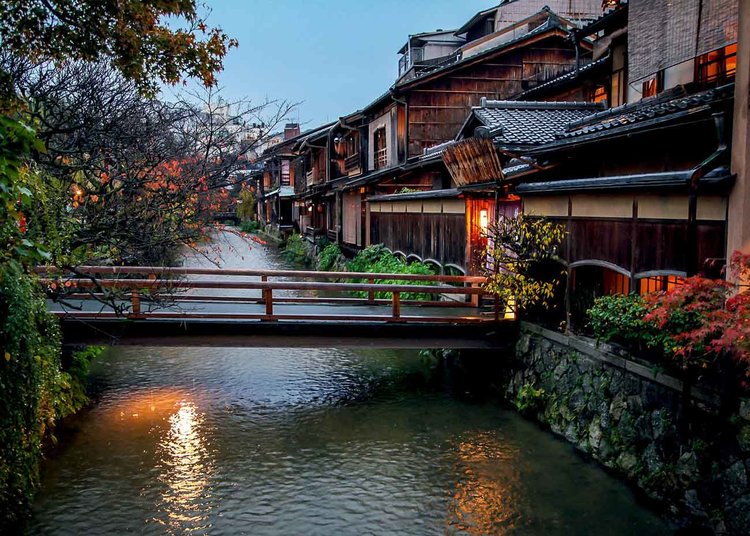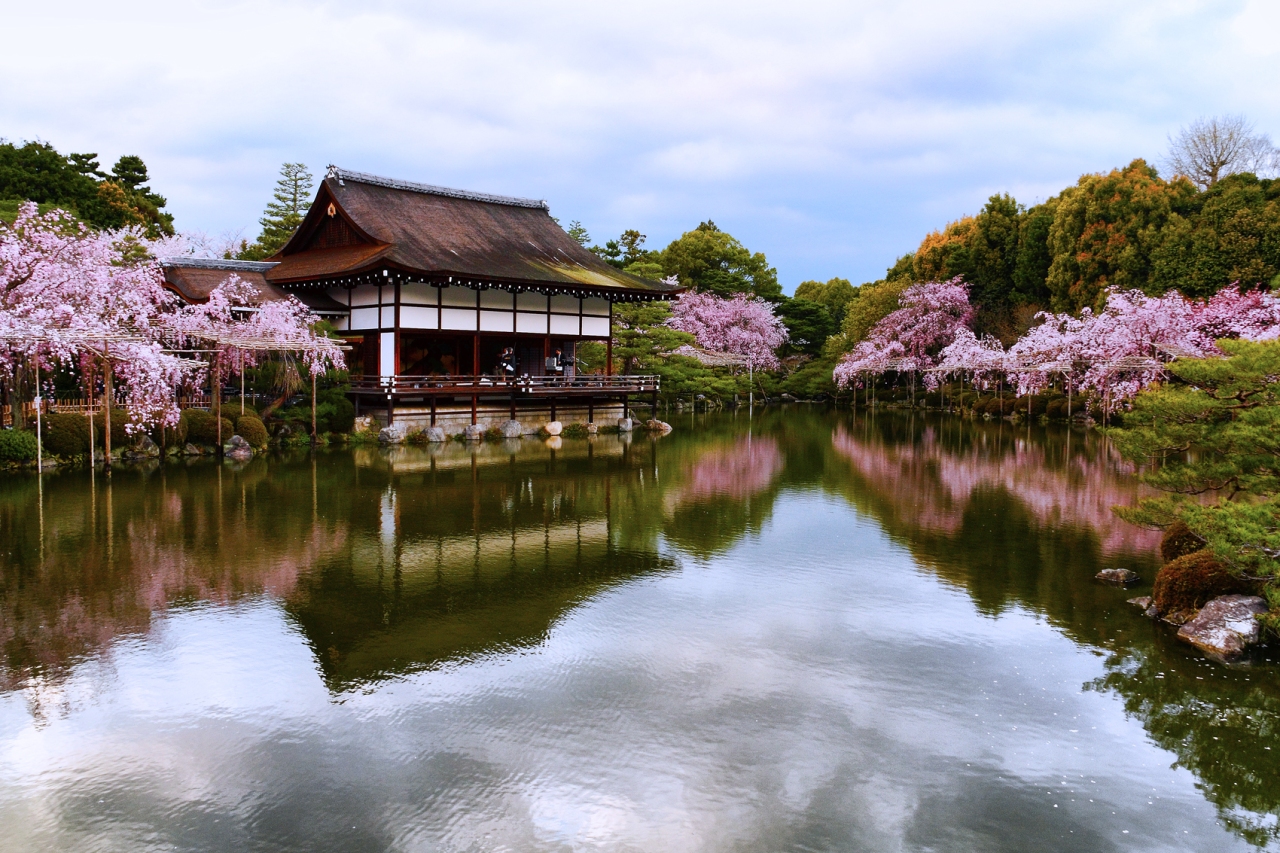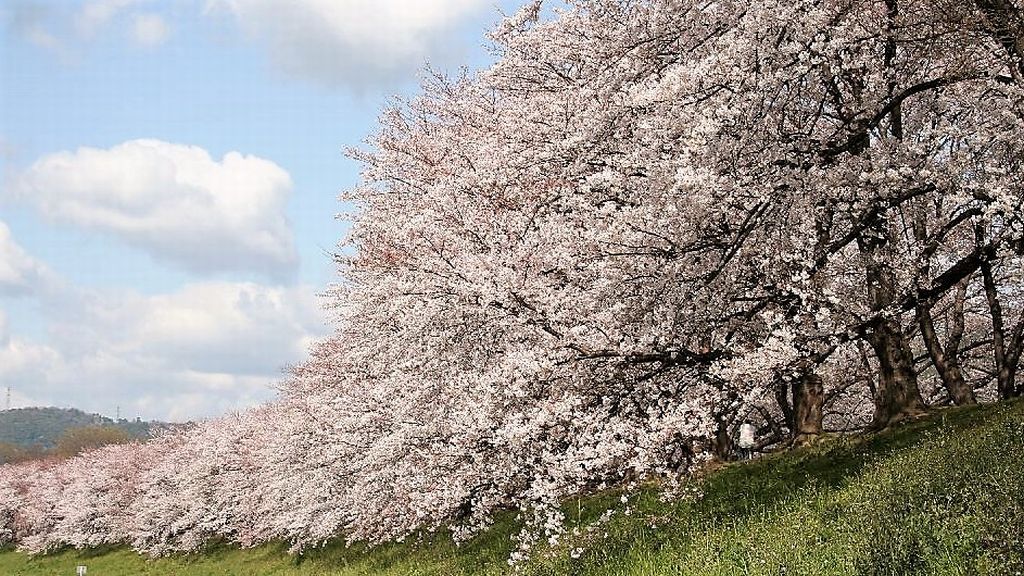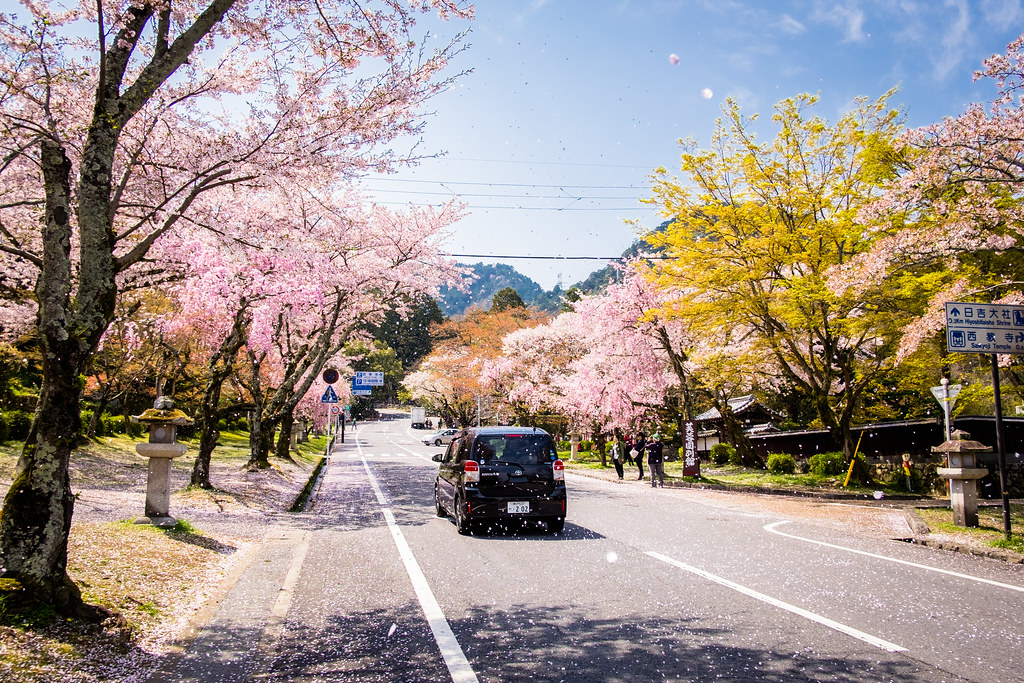 |
| This article is also featured in H.I.S. Travel Malaysia's Blog. |
Known as part of the Kansai area, Mie is a region frequented by tourists who travel between the most popular cities such as Tokyo and Osaka, and are very close to Nagoya.
With a population of about 1.85 million, it contains cities such as Tsu, Yokkaichi, Ise-shi and others. Mie contains a variety of tourist destinations that have the essence of nature such as the Kiso River, Nagashima Spa Island, and traditional Japanese culture steeped in Shinto religion including Ise Jingu.
Visitors to Mie can experience a completely different environment than visiting major cities such as Tokyo or Osaka because the destination is mostly relaxing. Although visitors can often relax at many Mie destinations, F1 fans can also enjoy the fun here as the Mie is also the location of Suzuka Circuit, Japan’s first major international racing venue.
Here, visitors will be welcomed by the locals there, and feel refreshed and relaxed while traveling in the Mie region.
Let’s explore more reasons on why you should visit Mie!
1. Experience the different cultures of Japan
In the town of Toba region of Mie, you can see and experience the local culture of pearl. Toba pearls are the most famous in Japan, and are globally recognized for their highest quality.
At Mikimoto Pearl Island, visitors can learn about the history of pearls and female divers known as ‘ama’. Although not only limited to Mie, most of them work at Mie. They dive underwater to carry aquatic jewelry as well as seafood such as turban snails, sea urchins, and abalones.
They have been part of the tradition for centuries, but still keep the environment sustained from not taking too much from their oceans for the sustenance of marine life. To find some divers, visitors can visit the small local market in Toba, where they will see them selling their seaside findings, or dining in the cottage.
With these different traditions, Mie gives everyone a chance to try some very good seafood from Mie.
2. Deepen your understanding of Shinto religion
In the Mie region, there are many Shinto temples such as Ise Jingu which are also visited by the Japanese Emperor every year, and also Meoto Iwa near Toba. In these places visitors can experience traditional Japanese architecture that is simple and different from destinations in Japan that are full of decorations in their temples.
Mie’s Ise Jingu is also a place visited by the Japanese Emperor and Empress for prayers and enthronement ceremony. It is also believed that Amaterasu-omikami, the sun god in the Shinto religion is located in Ise Jingu. With the respect the Japanese have for their gods, Mie is a must visit.
3. Feel the romantic atmosphere
Usually in Japan, you will find beautiful lighting in many cities only at the end of the year near Christmas. But in Mie, there is a place where you can see the lighting from mid-October to May, which has become popular on many social media, Nabana no Sato. At night in the aforementioned months, the place is lit with millions of lights and is easily one of the most beautiful sights in the world with a different theme each year that you can visit every year. In the season with no light, visitors can enjoy the colorful flowers that surround the park.
Mie Prefecture is a place worth a lot more than just a day trip! You can arrive here with various kinds of rail passes too.
I'll talk about the tourist spots that you can easily visit in the next post! :)
Until next time!



















 Maruyama
Maruyama 




 Photo
Photo 











